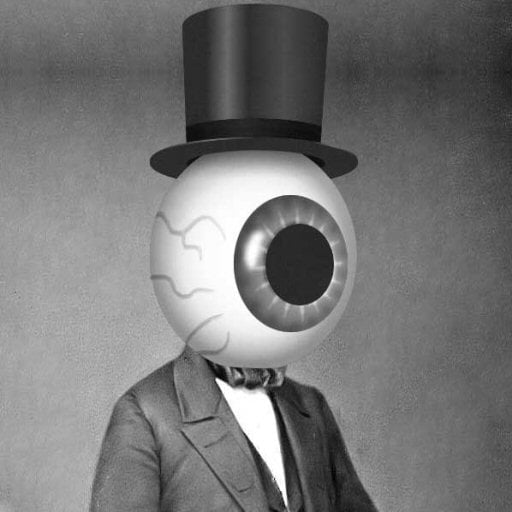Right now looking into bang for the buck workhorses with a small footprint/build volume. A description that fit the Prusa mini+ perfectly in the past, but it feels like Prusa is a dinosaur that hasn’t moved with the times.
So who is still buying the Prusa mini+ and why?
Personally: While Prusa has outstanding support, good data protection, and does good things but there is now the Bambu Lab A1 mini.
Prusa mini is at the moment 500€ plus 20€ for a filament sensor (sic., it’s nearly 2024 and that’s an paid upgrade on half a grand printer) and another 7€ for WiFi.
Bambu Lab on the other hand is 320€.
Looking at the specifications, the A1 looks like a clear winner: For maintenance, there are three tasks: 1. cleaning and lubricating the mechanics (both are the same in this respect); 2. cleaning the build surface (both are the same); 3. maintaining the hotend and here Bambu Lab is clearly the better system as you can replace the nozzle in just a few seconds compared to Prusa’s E3D v6 hotend, which requires hot tightening.
The operation is not that different. Both support network, web interface, and automatic bed leveling probed at the nozzle. Bambu Lab has a camera built in, but this requires the printer to be connected to the BambuLab cloud, which may not be possible as the model data is shared with/uploaded to China. I would say this is still a strong point for Prusa as privacy is not an issue with their printers which means they can be easily deployed.
Performance should be close with input shaping enabled, but the A1 mini has the higher flow rate hotend, which means BambuLab is once again the winner (still no highflow at only 28 mm^3/s but twice the flow of a Prusa V6).
The build volume is identical and the footprint is also almost identical, so again no point where Prusa beats BambuLab.
Value? I have already mentioned it. 1.6 Bambulab for the price of 1 Prusa is a clear answer. If Prusa still had the 400€ original launch price and a filament runout sensor included, maybe the answer would be Prusa due to privacy/easier integration. The 200€/printer price difference is so significant that I don’t see who is still buying multiple Prusa mini+.
Btw. is there another printer on the market that just works paired with a small footprint and excellent value?
Personally, a 3D printer that has to be connected to a cloud would be a hard no. Even more so when that cloud is located in China without EU or US oversight.
For what it’s worth (annecdotal and n=1 and all that), my Prusa mini has been absolutely flawless for 3 years now. I would buy it again even at a higher price point than the current.
My big two gripes with Bambu are their software (just let me use Cura, I got experience with that and I can use it across printers) and their proprietary shit. Swapping pieces costs a lot, and they also seem to break extremely easy which makes me costly replacements extra annoying.
I haven’t heard they break easy. What more can you share?
I guess it’s people who care where the products they use are made.
I do care and that’s why at 400€ I would go with them but with 320€ vs. 520€ you have to put a lot of emphasis on this point.
As compromise to split it between Prusa and BambuLab isn’t feasible either. You want a standardized setup to keep it simple. Meaning all Prusa or all BambuLab.
I would never have bought it to begin with. Other than the Prusa name and support you get absolutely nothing for your money. And I am happy to save a bunch of money to skip those two. I’m not the target audience for either the Mini or the A1.
I actually do like the Flashforge Finder 3, which comes with a direkt extruder and filament sensor at a price of 300€, works out of the box and is incredibly easy to use. But i wouldn’t consider this as a small build volume or a small printer.
Interesting as it isn’t a bed slinger. In this case not ideal: with 406mm it’s 5cm wider meaning 1 printer less per shelf. Also isn’t made to pump out parts quickly with a 0.6 or 0.8mm nozzle.
Don’t buy Flashforge unless you want to hate your life. They were the first printer I ever bought and unless things have changed they use a proprietary slicer that’s years behind anything else, and they will claim it works with other slicers…until you discover you need to figure out all the settings yourself, including start and end codes
To be honest i am very happy with the printer. It works perfectly fine with cura, at least i have never run into a problem with it.
Things may have changed then. I owned a Dreamer and everything to do with it was a headache or a nightmare. Neither Cura or Simplfiy supported it and I ended up giving the entire printer to someone else and they had the exact same issues, but i’m glad to hear you had good experiences with yours




